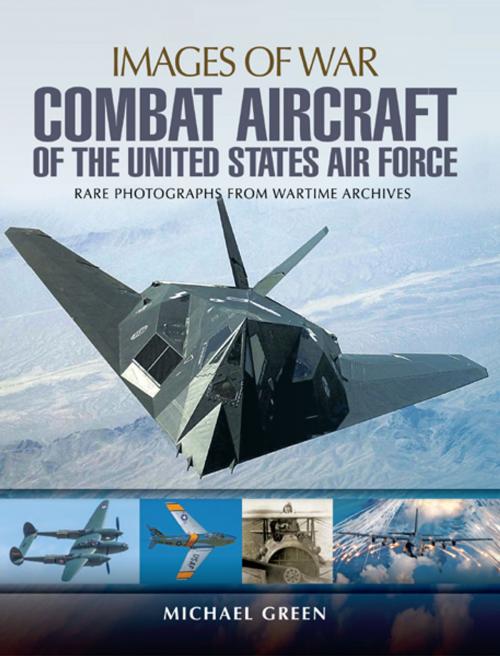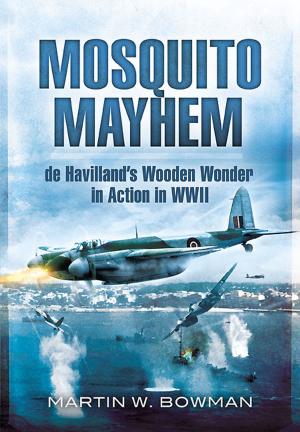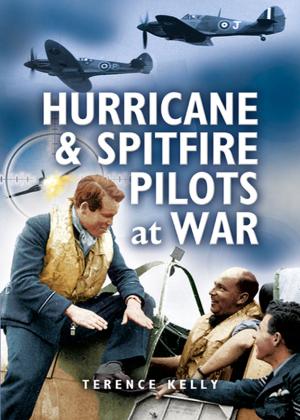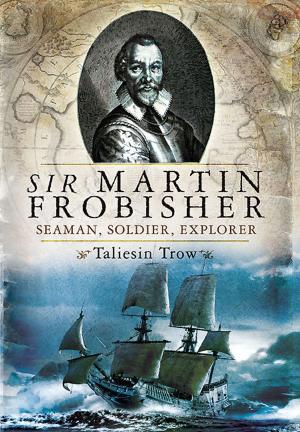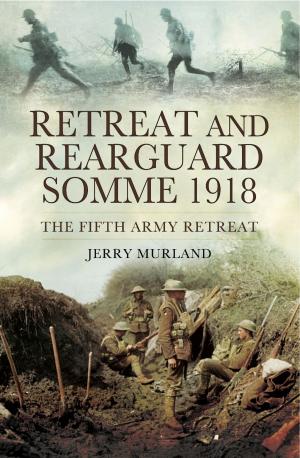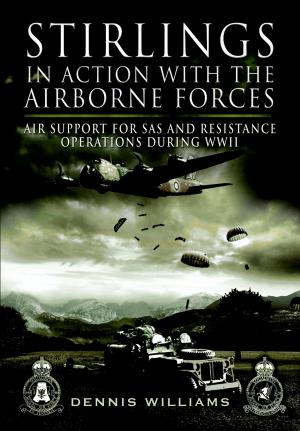Combat Aircraft of the United States Air Force
Rare Photographs from Wartime Archives
Nonfiction, History, Military, Aviation, Science & Nature, Technology| Author: | Michael Green | ISBN: | 9781473880139 |
| Publisher: | Pen and Sword | Publication: | July 30, 2016 |
| Imprint: | Pen and Sword Aviation | Language: | English |
| Author: | Michael Green |
| ISBN: | 9781473880139 |
| Publisher: | Pen and Sword |
| Publication: | July 30, 2016 |
| Imprint: | Pen and Sword Aviation |
| Language: | English |
When the United States Army Signal Corps created the Aeronautical Division in August 1907, it had a mission ‘to take charge of all matters pertaining to military ballooning, air machines, and all kindred matters.’ That small inconsequential portion of the US Army would grow progressively over the many decades to become a separate service named the US Air Force in 1947 following the Second World War. Overnight, it became the world’s most powerful military establishment, able to deliver conventional and nuclear ordnance anywhere around the globe.
Today’s cutting-edge example of this power-projection is the supersonic, bat-winged B-2 Spirit stealth bomber, which can fly at an altitude of 50,000 feet, and is built of carbon-graphite composite materials. The B-2 Spirit is a far cry from the early days of the service when it relied on fragile prop-driven wood and fabric aerial platforms, such as the Wright Type B, which could barely reach an altitude of 100 feet.
In between have been such iconic Second World War aircraft as the P-51 Mustang and P-47 Thunderbolt fighters and bombers such as the B-25 Mitchell, B-17 Flying Fortress and B-29 Super Fortress which dropped the first A-Bomb in 1945. The Cold War demanded ever more powerful aircraft, such as the B-58 Hustler and B-52 Stratofortress, and fighters including the F-86 Sabre, F-104 Starfighter and F-4 Phantom. All these aircraft and more are vividly illustrated and described in detail in this superb Images of War publication.
When the United States Army Signal Corps created the Aeronautical Division in August 1907, it had a mission ‘to take charge of all matters pertaining to military ballooning, air machines, and all kindred matters.’ That small inconsequential portion of the US Army would grow progressively over the many decades to become a separate service named the US Air Force in 1947 following the Second World War. Overnight, it became the world’s most powerful military establishment, able to deliver conventional and nuclear ordnance anywhere around the globe.
Today’s cutting-edge example of this power-projection is the supersonic, bat-winged B-2 Spirit stealth bomber, which can fly at an altitude of 50,000 feet, and is built of carbon-graphite composite materials. The B-2 Spirit is a far cry from the early days of the service when it relied on fragile prop-driven wood and fabric aerial platforms, such as the Wright Type B, which could barely reach an altitude of 100 feet.
In between have been such iconic Second World War aircraft as the P-51 Mustang and P-47 Thunderbolt fighters and bombers such as the B-25 Mitchell, B-17 Flying Fortress and B-29 Super Fortress which dropped the first A-Bomb in 1945. The Cold War demanded ever more powerful aircraft, such as the B-58 Hustler and B-52 Stratofortress, and fighters including the F-86 Sabre, F-104 Starfighter and F-4 Phantom. All these aircraft and more are vividly illustrated and described in detail in this superb Images of War publication.
